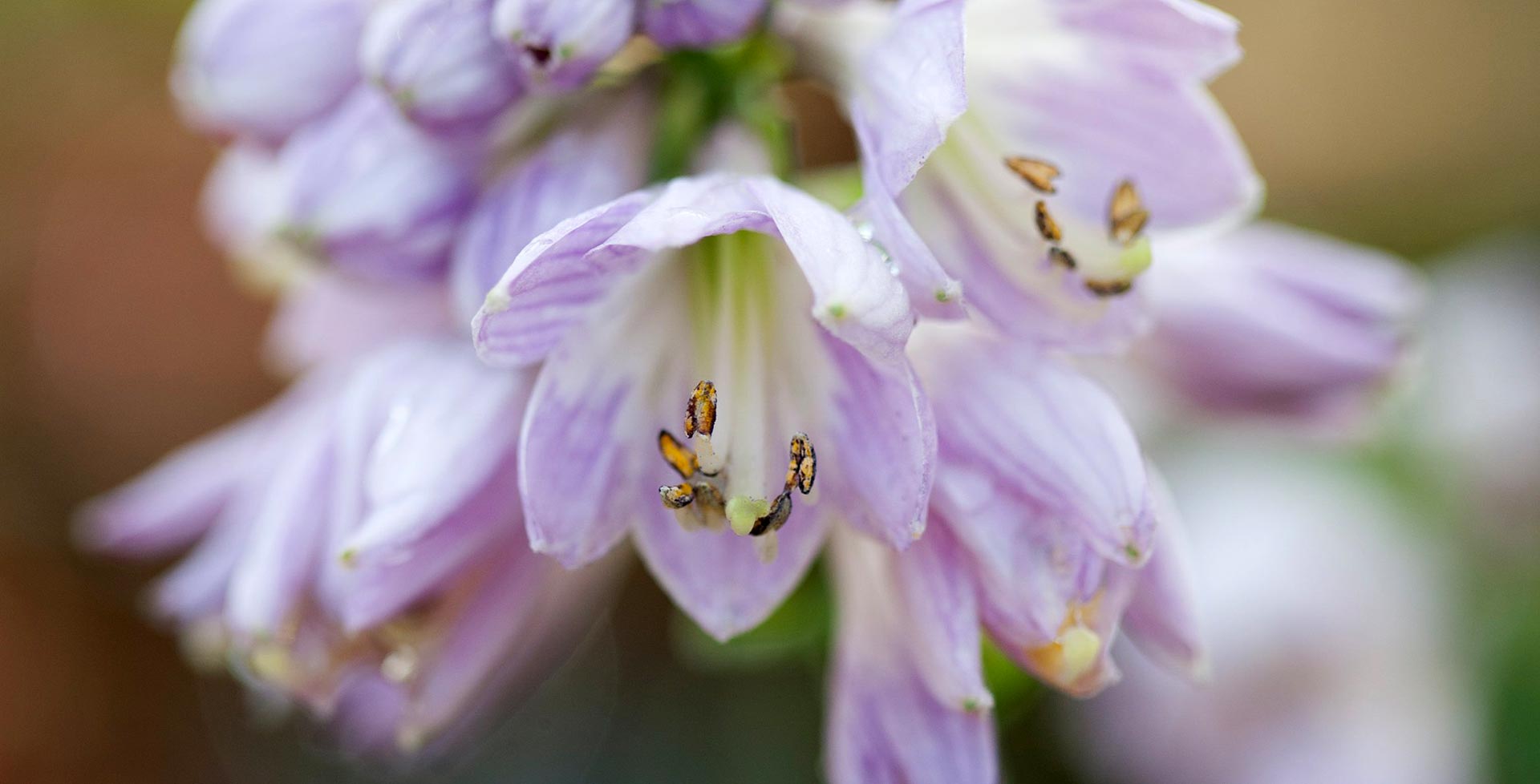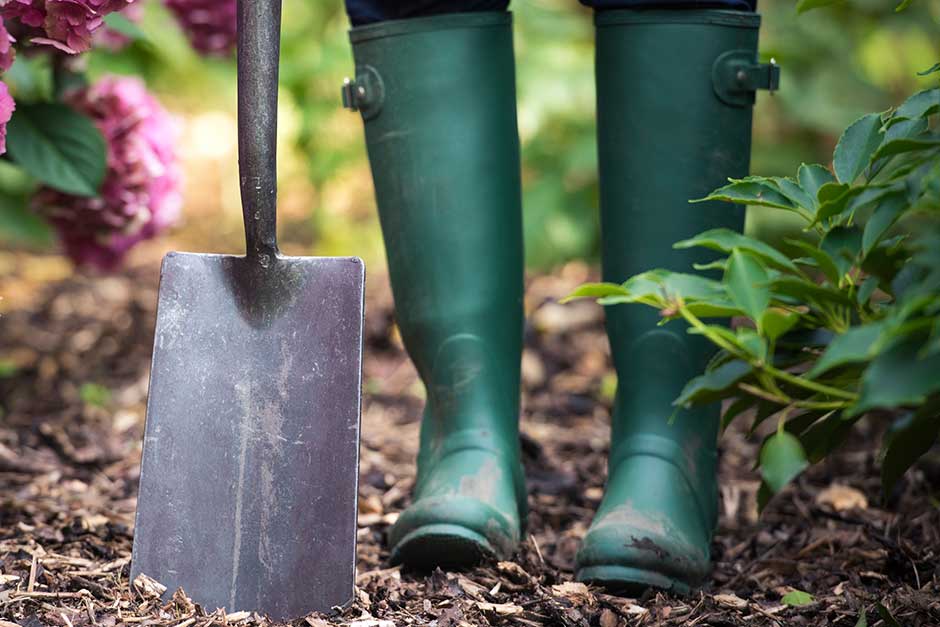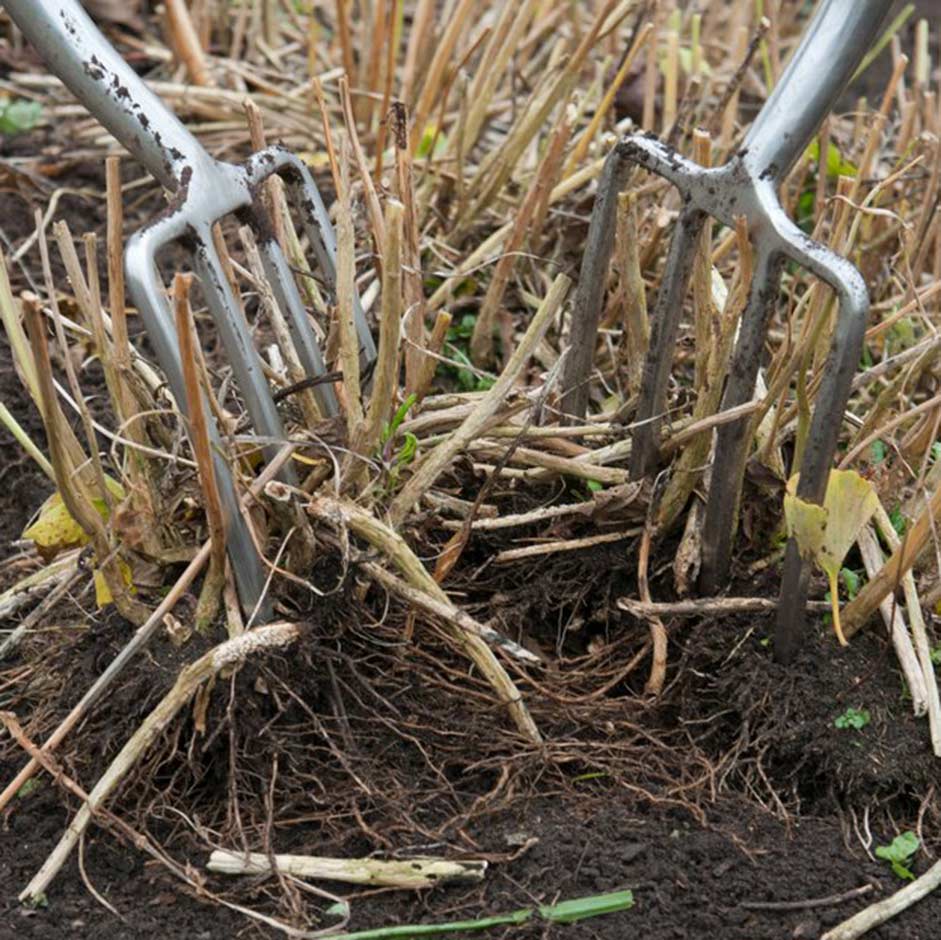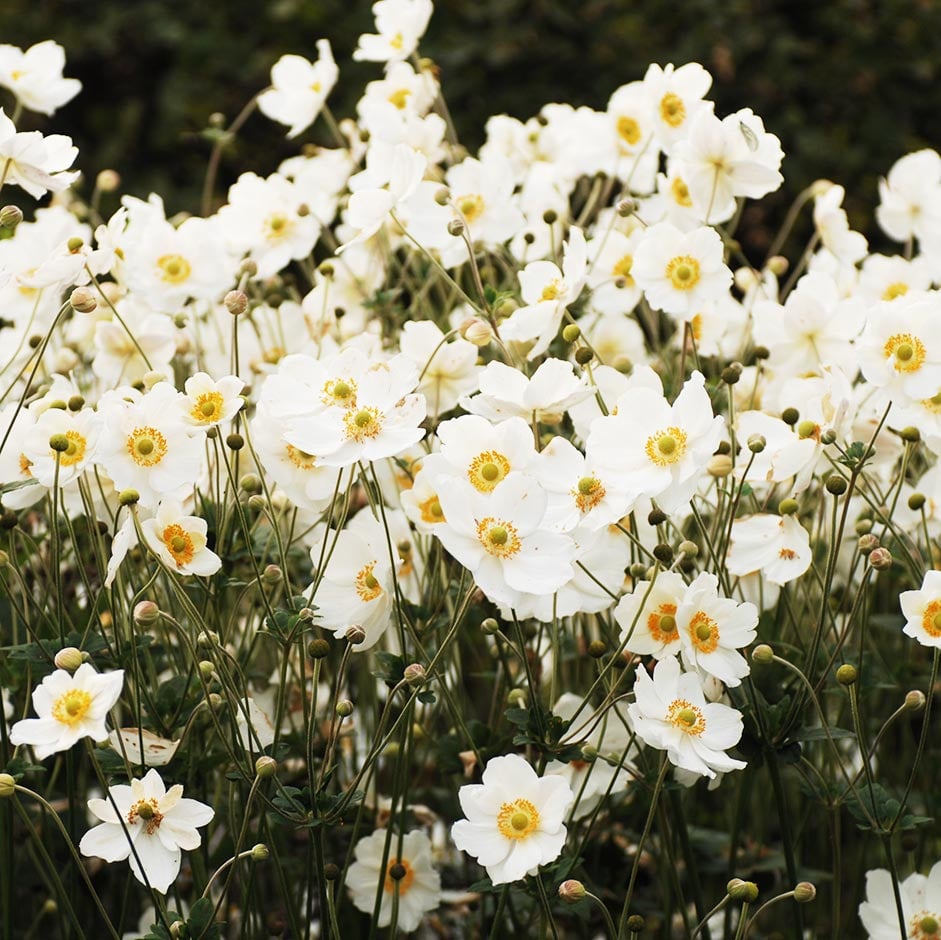
Introducing...
Miniature hostas
Diminutive and without the tendency to spread of the larger types, these miniature hostas are excellent alongside ferns, mosses and hardy cyclamen in a shady rock garden or in shallow troughs.
Looks
Small leaves appear from below ground in early spring. They have the same variety of leaf shape as larger hostas but include types with deeply cupped leaves (such as ‘Blue Mouse Ears’).
Likes
They prefer soil that does not dry out in summer, but appreciate good drainage, in a lightly shaded position. Top containers with gravel.
Dislikes
They will not do well in a very sunny position where the soil or potting compost dries out. They dislike wet soil around the roots in winter.
Did you know?
Growing miniature hostas in shallow pans or troughs restricts the roots and reduces the overall size of the plant. However, this is a case of naturally small hostas being encouraged to be a bit tinier, rather than like making really big plants small as with bonsai.
Growing guide

How to grow hostas
All the information you’ll need to grow & care for hostas in your garden.
Miniature hostas we recommend
Hosta 'Paradise Puppet' (_venusta_)
plantain lily 'Paradise Puppet'
- Up to 10cm
- 0.1–0.5 metres
Hosta 'Whirlwind' (_fortunei_) (v)
plantain lily 'Whirlwind'
- 0.1–0.5 metres
- 0.1–0.5 metres
Hosta 'Little Caesar' (v)
plantain lily 'Little Caesar'
- 0.1–0.5 metres
- 0.1–0.5 metres
Hosta 'Paradise Puppet' (_venusta_)
plantain lily 'Paradise Puppet'
- Up to 10cm
- 0.1–0.5 metres
Hosta 'Whirlwind' (_fortunei_) (v)
plantain lily 'Whirlwind'
- 0.1–0.5 metres
- 0.1–0.5 metres
Hosta 'Little Caesar' (v)
plantain lily 'Little Caesar'
- 0.1–0.5 metres
- 0.1–0.5 metres
Useful advice

Perennials: dividing

Shade planting: annuals, bulbs and perennials
.jpg?width=941&height=940&ext=.jpg)
Slugs and snails
Snails
Get involved
The Royal Horticultural Society is the UK’s leading gardening charity. We aim to enrich everyone’s life through plants, and make the UK a greener and more beautiful place.